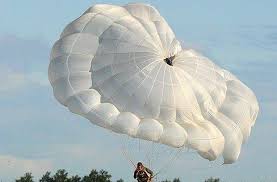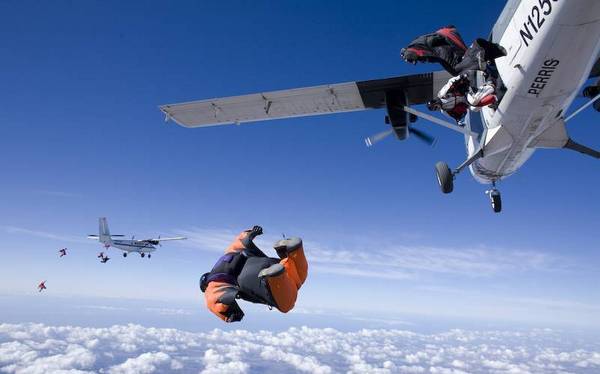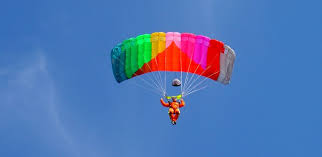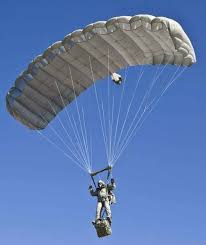How to survive parachute failure
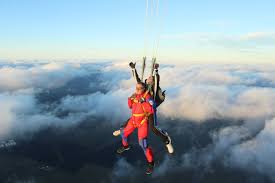 Former British Army instructor Emil Chillier found guilty of attempted murder of his wife Victoria. He intentionally damaged her parachute, but the woman survived, although she broke her bones.
Former British Army instructor Emil Chillier found guilty of attempted murder of his wife Victoria. He intentionally damaged her parachute, but the woman survived, although she broke her bones.
How can you survive after falling from a height of 1200 meters?
Earth is rapidly approaching. You pull the ring, but the parachute does not open. Your body rushes to the ground, and only friction against the air slows down the speed a little. You decide to open the emergency parachute – and again the failure.
The moments between the failure of the reserve parachute and the impact on the ground or water are usually the last in the life of a paratrooper. But not for Victoria Chilli.
1200 meters is not the highest height, falling from which a person managed to survive. According to the Guinness Book of Records, in 1972, the Serbian stewardess Vesna Vulovic survived, falling from a height of 10,160 meters, after the plane exploded in the air.
Ulf Bjornstig, Senior Professor of Surgery at Umeå University in Sweden, is a co-author of a number of studies on the risks of parachuting. He estimates the chances of survival as a result of free fall from a great height as very low and says that Chilli and Vulovich are simply incredibly lucky.
However, when we are dealing with large (over 140 meters) heights, it is no longer so important, people fall from 1 thousand or 10 thousand meters – altitude has little effect on the final speed.
The fact is that as the vertical speed increases, so does the air resistance, and at some point the rate of fall reaches its limit.
It is estimated that the human body in free fall on average develops 99% of its maximum (critical) speed, flying 573 meters. It usually takes 13-14 seconds.
